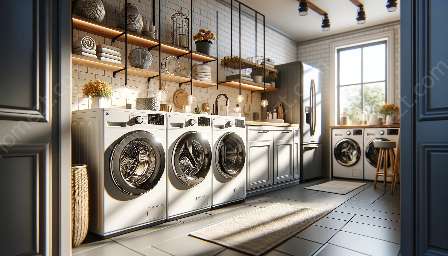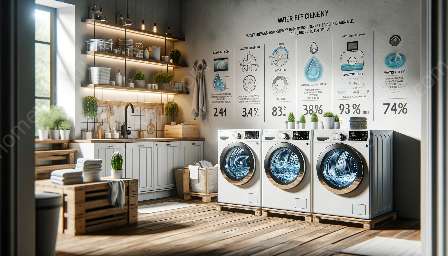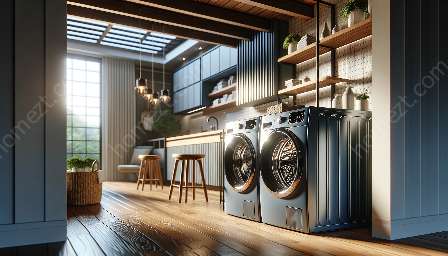If you're looking for a versatile and efficient way to do your laundry, semi-automatic washing machines are the perfect choice. In this guide, we'll explore the features, benefits, and key considerations of semi-automatic washing machines, and how they compare to other types of washing machines.
Understanding Semi-Automatic Washing Machines
Semi-automatic washing machines are a popular choice for many households due to their ease of use and cost-effectiveness. These machines typically feature two separate tubs, one for washing and the other for spinning. The user is required to manually transfer the clothes from the washing tub to the spinning tub after the wash cycle is complete.
Key Features and Benefits
Semi-automatic washing machines come with a range of features that make them a practical and efficient option for laundry needs. Some key features and benefits include:
- Dual Tubs: The separate washing and spinning tubs allow for simultaneous washing and spinning, saving time and energy.
- Manual Control: Users have greater control over the wash and spin cycles, making it easier to cater to different fabric types and soil levels.
- Water Efficiency: These machines typically consume less water compared to fully automatic models, making them an environmentally friendly option.
- Cost-Effective: Semi-automatic washing machines are generally more affordable than fully automatic models, making them a budget-friendly choice for many households.
- Flexibility: Users can pause the wash cycle to add or remove clothing, providing greater flexibility during the laundry process.
- Easy Maintenance: These machines are relatively easy to maintain and repair, helping to prolong their lifespan.
Comparing Semi-Automatic Washing Machines to Other Types
When considering which type of washing machine to purchase, it's important to compare semi-automatic machines to other options on the market. Here's how semi-automatic washing machines stack up against fully automatic machines:
Fully Automatic Washing Machines
Fully automatic washing machines come in two types: top load and front load. While they offer the convenience of automatic operation, they generally consume more water and energy compared to semi-automatic models. They are also usually more expensive upfront and may require professional maintenance and repairs.
Manual Washing Machines
Manual washing machines, also known as twin tub machines, are similar to semi-automatic machines in that they feature separate washing and spinning tubs. However, manual machines lack the convenience of automated wash and spin cycles, making semi-automatic models a more practical choice for many users.
Conclusion
Semi-automatic washing machines provide a balance of efficiency, affordability, and user control, making them an attractive option for many households. By understanding their features and benefits, as well as how they compare to other types of washing machines, you can make an informed decision that meets your specific laundry needs.























